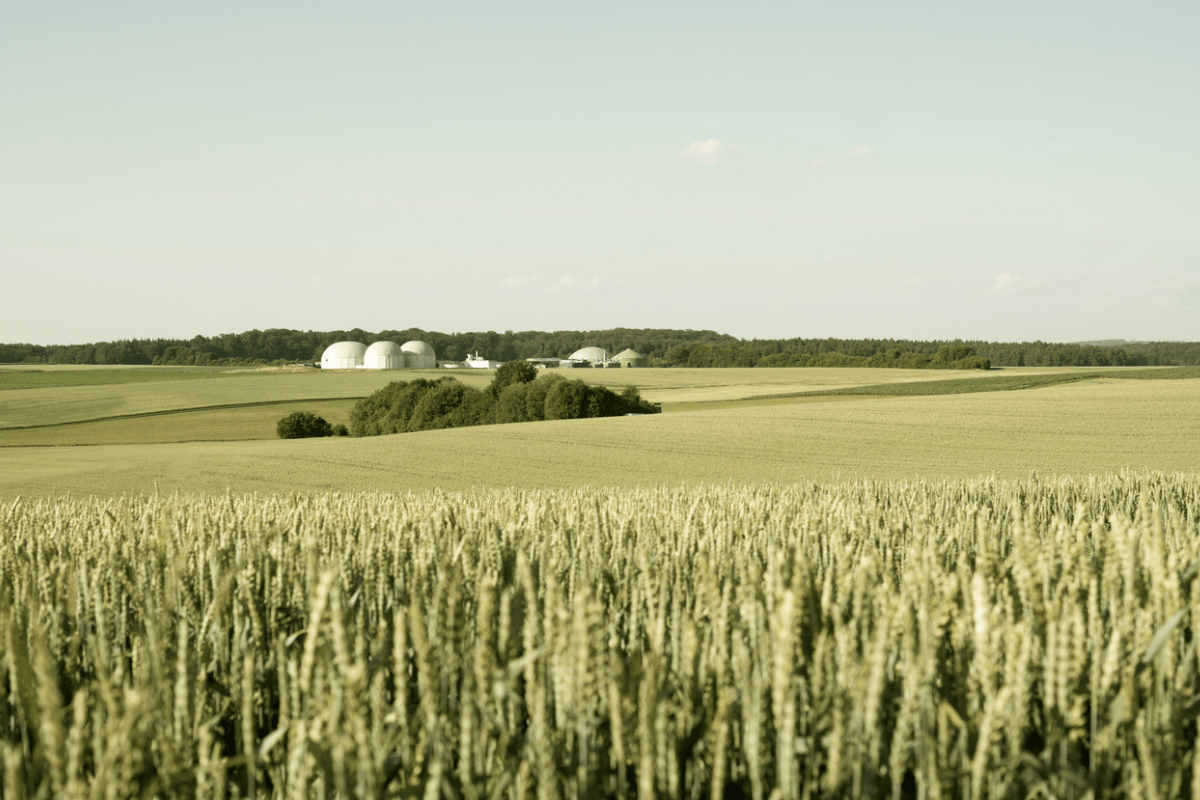Cost, ambiguity, and planning difficulties have been identified as major hurdles for brewers looking to reduce greenhouse gas (GHG) emissions, in recent research from Rabobank.
The report, Aligning Regenerative Agriculture Targets in the Beer Value Chain, was written by Rabobank Global Strategist for Beverages, Stephen Rannekleiv.
In it, Rannekleiv finds that to encourage the adoption of regenerative agriculture practices, brewers (and perhaps retailers) will have to offer incentives to farmers that align with their interests.
“To address scope three emissions in their agricultural value chains, beverage companies are increasingly exploring ways to promote regenerative agriculture (RA) as part of the solution,” Rannekleiv begins.
Scope three emissions are defined by the Australian Government’s Clean Energy Regulator as ‘indirect greenhouse gas emissions… that are generated in the wider economy. They occur as a consequence of the activities of a facility, but from sources not owned or controlled by that facility’s business.’
Rannekleiv says that in the beverage industry, these emissions are generated “by various sources, including agricultural commodities, packaging, refrigeration, transportation, and more.” Scope three emissions “often account for 75 per cent or more of total GHG emissions for beverage companies,” according to Rannekleiv. For large brewers this can be as high as 90 per cent.
There are immediate challenges to successful implementation of RA, however, as Rannekleiv outlines.
“The term RA refers to a set of integrated practices, making the measure of success unclear. These practices must be adjusted for each crop and each microclimate, making it nearly impossible to create a generalised prioritisation of one specific practice.
“All of this makes the process of trying to define and promote RA production systems within the agriculture value chain seem like trying to nail jello [jelly] to a wall of marshmallows with a sledgehammer.
“However, it is becoming critical for beverage companies to engage in this process and forge a path to success,” Rannekleiv writes.
Rannekleiv outlines a chain of demands, without incentive, which is passed from retailer, to producer, to farmer.
“Small input suppliers, such as farmers – often the least profitable link in the value chain – are often poorly positioned to assume the costs and risks of implementing changes that benefit the broader value chain (and the planet in general).”
“As one farmer we spoke to in Idaho explained, ‘I’ll gladly sing lullabies to every plant in my field… if they pay me for it.’”
For Rannekleiv, the beer industry is a particularly interesting lens with which to view RA, “given the relatively consolidated nature of the industry and the dedicated agricultural value chain.”
Despite this, Rannekleiv found that during his conversations with brewers, farmers and retailers, there was little consensus about what sustainability or RA actually meant, making it more difficult to action.
Ultimately, the report recommended that the industry works to achieve “much greater alignment within the value chain.”
Primary among the changes required is a shift in the pricing structures common in brewing, as Rannekleiv illustrates.
“Brewers have demonstrated a keen interest in promoting sustainable agricultural practices, but those same brewers can undermine long-term trust by applying overly aggressive pricing pressures on growers.”
“This seems to reflect conflicting internal priorities within some brewers which will need to be addressed,” Rannekleiv concludes.
Put simply, it seems that everyone in the business wants increased sustainability and decreased emissions, but securing an economic framework that is fair for each step of the supply chain remains a challenge.
Read more of Rabobank’s beverage reports here.

